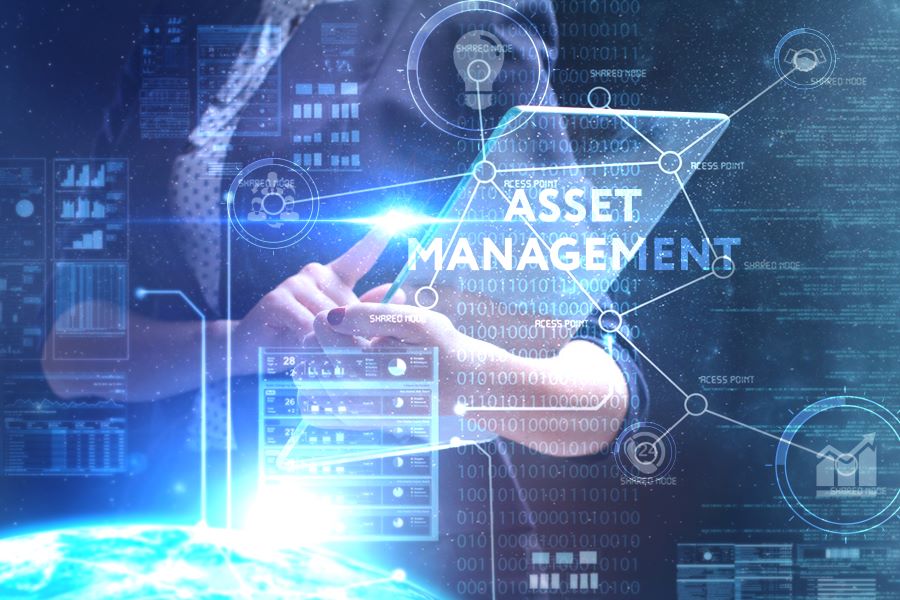
If you’ve heard about the importance of hardware asset management in business, your first thought may be wondering exactly what IT hardware assets are. This article will cover everything you should know about hardware assets and how they’re managed in business operations. Keep reading to get all the details.
What Is a Hardware Asset?
Hardware assets are physical and tangible pieces of computer equipment. The most common hardware assets you’ll see in a business are laptop and desktop computers, hard drives, motherboards, computer mice, and keyboards. Since this equipment takes up space and is a key part of most business operations, managing and organizing it effectively is essential.
What Is the Difference Between Hardware and Software Asset Management?
Computer hardware that is physical and tangible differs quite a bit from software that is accessed digitally. It also affects how these two different types of assets are managed.
Hardware asset management consists of more physical processes. Hardware often requires more physical repairs when it has issues. It also takes up space, so it needs physical storage systems and cabinets to keep it organized and accounted for in business operations.
Software doesn’t take up physical space, but it does take up digital space on computer hard drives. That means more digital processes are needed to manage computer software and keep it up to date.
Hardware management, in particular, is essential because it is used to access and use software, so you must ensure your hardware is in check at all times. One disruption in a hardware asset can have a big impact on business operations.
If you want to read more on the difference between hardware and software assets, read this blog.
What Is the Purpose of Hardware Management?
Aside from computer hardware being highly important in business operations, there are several other purposes for managing hardware assets. The main purposes of hardware asset management are:
- Get the most value from computer hardware: The hardware you use in business is an investment. Like any investment, you want to get the most value from it. Hardware asset management helps streamline systems to buy assets for the best price, extend the life of computer hardware, and sell old hardware to get the most value back from assets.
- Keep business operations running smoothly: Your computer hardware is a big part of daily operations. Regular maintenance and check-ins that are scheduled with hardware asset management help prevent malfunctions with equipment. Additionally, planning the asset lifecycle helps replace hardware as it ages before it starts having issues.
- Avoid frustration and confusion: Businesses with a lot of hardware on hand can be tough to manage. But if you put the right systems in place, it makes it much easier to maintain. That way, if any problems happen where you need to make quick decisions, it eliminates a lot of the panic and frustration that can occur.
Multiply can help you get started with asset management if you’d like to get all these benefits and more. We’ve completed local and global hardware audits for top companies like Salesforce and KAR Auction Services to create streamlined systems for success, and we know we can do the same for you.
What Is the Role of a Hardware Asset Manager?
The hardware asset manager oversees everything that has to do with asset management in a company. It’s a crucial position to the success of the overall system.
The hardware asset management will oversee inventory, scheduling of routine maintenance, and help with decision-making for when new assets should be purchased and old assets should be disposed of.
If you want to keep everything organized and running smoothly, having a team like Multiply manage your hardware will be a great solution. We can help with all aspects and make this process much more manageable.
What Are Hardware Asset Categories?
Hardware assets can be broken down into five categories. Those categories are:
- Personal computing devices: Personal computers like desktops and laptops are the most common hardware asset in business. They’re a crucial component to the operation’s success and must be managed accordingly. Other devices like smartphones and tablets may also fall under this category if your business uses them.
- Networking equipment: Your networking equipment keeps your internet connection strong and everything running smoothly. This includes things like hubs, switches, routers, and modems.
- Peripherals: Peripherals are often connected to personal computers. They are things like computer monitors, mice, and keyboards. Other assets can also fall under this category, including printers, scanners, and projectors if you use them.
- Telecom systems and devices: Telecommunications are a big part of modern business operations. These hardware assets include voice-over-internet protocol (VoIP) systems and video conferencing equipment.
- Data center hardware: Where your data is stored and how it’s managed are crucial. These pieces of hardware include servers, storage systems, and backup systems.
As you can see, hardware asset management involves a lot of different equipment and processes. It’s important to have the right strategies in place to make sure everything runs smoothly.
How Multiply Can Help Manage Hardware Assets
Multiply is a team of IT consultants and senior service technicians that partner with companies to help with IT asset and data management. We put streamlined systems in place to make managing IT assets in a business much easier, so you can rest assured you have the right team for the job when you partner with us during this process.
To learn more about how Multiply can help, contact us today!



